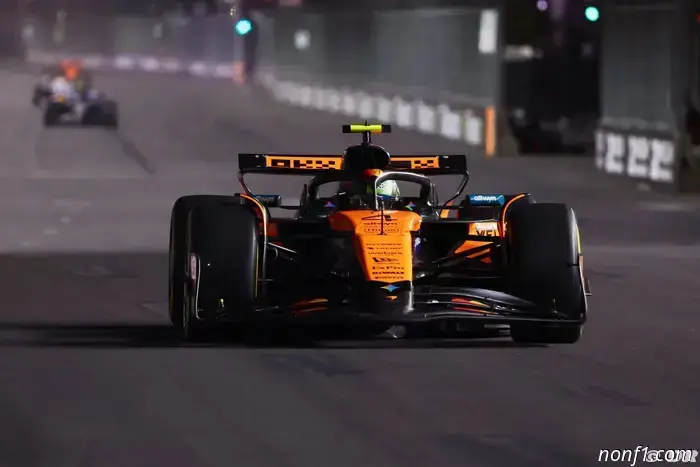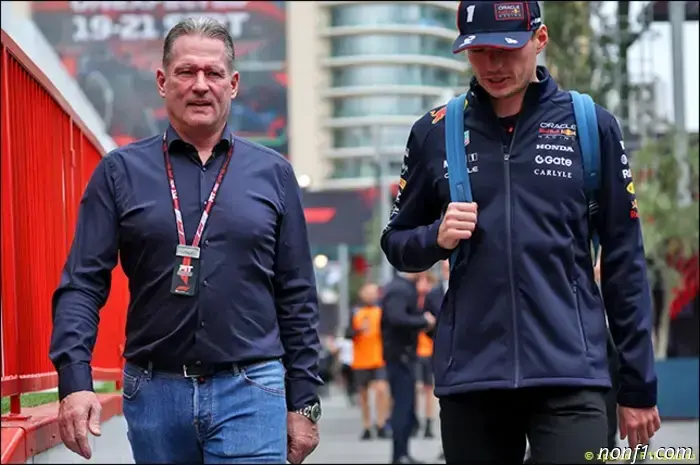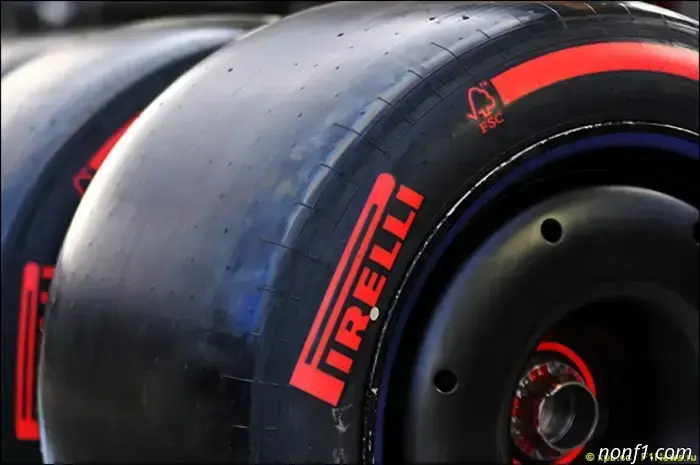
The most surprising disqualifications in F1 history after McLaren's Las Vegas debacle.
Author:
25 November 2025 - 11:28
Max Verstappen’s recent victory at the Las Vegas Grand Prix has seemingly revitalized the Formula One championship battle, albeit just barely. The Flying Dutchman raced to victory on the strip, with championship leader Lando Norris finishing second and young Brit Oscar Piastri, Norris's McLaren teammate, in fourth.
However, more drama awaited shortly after the chequered flag fell.
With Norris enjoying a 24-point lead at the top of the standings with only two Grand Prix left, an unexpected twist occurred. Both McLaren drivers were harshly disqualified from the results after post-race scrutineering uncovered a technical violation: the depth of their skid blocks was below the required minimum.
McLaren’s Double Disqualification
Stewards measured Norris’s rear skid at just 8.88mm and 8.93mm—marginally under the mandated 9mm, a thin margin indeed. McLaren attributed this to excessive “porpoising”—the disruptive oscillation of the car's underbody common on bumpy circuits. Both cars experienced more ground contact than anticipated. The team asserted there was no wrongdoing, and the FIA agreed—the violation was inadvertent, stemming from a perfect storm of street circuit turmoil, rain-affected practice sessions, and an unwavering pursuit of performance.
Regardless of the explanation, whether accidental or not, one fact remains clear. Max Verstappen’s aspirations for a fifth consecutive world championship are now alive and flourishing. The reigning champion is now just 24 points behind the championship leader—a remarkable turnaround, considering he was seen as a 100/1 underdog just a few months ago. Currently, the same betting agencies have listed the Dutchman as a 5/2 narrow second favorite, while Norris remains the 1/3 favorite.
While this double disqualification is undoubtedly shocking, it is far from the first time a DQ has dramatically altered the outcome of a race or even a championship. Here are three notable instances from the past.
Michael Schumacher’s Jerez 1997 Collapse
Few images are as famous in F1 history as Michael Schumacher, helmet still on, walking away from his stranded Ferrari at Jerez in 1997. This was the climax of a season filled with tension. Schumacher and Jacques Villeneuve entered the Spanish season finale separated by just one point. Villeneuve, needing to finish ahead of Schumacher to win the title, lost the lead on the first lap, but lap 47 brought him his chance.
The Canadian driver was less than a second behind Schumacher and catching up fast. Then, at the sharp right-hand Dry Sac corner, an opportunity for an overtake arose. Villeneuve attempted to move past on the inside, but inexplicably, Schumacher turned in on his title rival in an effort to collide and eliminate both, just as he had done with Damon Hill three years earlier.
Unfortunately for Schumacher, this time his dirty tactics backfired. His Ferrari sustained damage and retired from the race, while Villeneuve was able to continue. He managed to nurse his ailing Williams to a third-place finish—securing the world title for the first time. But Formula One's governing body wasn’t done yet.
After a thorough video review, the FIA stripped Schumacher of his championship points for “unsportsmanlike conduct,” erasing his 78 points from the record. The decision was as dramatic as the incident itself: a legendary sportsman’s title dream extinguished, his reputation tarnished, and a stark reminder of F1’s strict stance against gamesmanship. Did the incident change Schumacher? His five consecutive titles from 2000 to 2004 suggest not, but Jerez remains a blemish on his remarkable legacy.
McLaren’s 2007 Spygate
Fast forward ten years, and it was McLaren at the center of a scandal. The 2007 season told a gripping story involving the secret transfer of nearly 800 pages of Ferrari's technical documents to McLaren, an intense rivalry within the garage, and the FIA’s harshest penalty—a $100 million fine and expulsion from the constructors' championship.
This situation was more than simple corporate espionage; it was a civil war within one of the sport's most storied teams. Rookie star Lewis Hamilton and two-time world champion Fernando Alonso were embroiled in a highly charged rivalry. When Alonso threatened to expose the team after a qualifying incident involving Hamilton, tensions reached the FIA's headquarters.
The outcome became F1 folklore. The constructors’ title shifted to Ferrari, while Hamilton and Alonso’s notorious rivalry allowed Kimi Raikkonen to seize the driver’s title from them by a single point.
Lewis Hamilton’s 2009 “Lie-Gate”
Melbourne, 2009. For Lewis Hamilton and McLaren, the opportunity for redemption was at stake


Other articles
 Alex Wurz on McLaren's disqualification in Vegas...
Former Formula 1 driver Alex Wurz commented on McLaren's disqualification in Vegas on ORF…
Alex Wurz on McLaren's disqualification in Vegas...
Former Formula 1 driver Alex Wurz commented on McLaren's disqualification in Vegas on ORF…
 Jos Verstappen: Pressure at McLaren has reached its limit
Jos Verstappen, in an interview with the Dutch press, decided to add fuel to the fire by criticizing McLaren…
Jos Verstappen: Pressure at McLaren has reached its limit
Jos Verstappen, in an interview with the Dutch press, decided to add fuel to the fire by criticizing McLaren…
 Liam Lawson apologized to the team and Piastri.
On the first lap of the Las Vegas Grand Prix, Liam Lawson damaged his front wing when he collided with Oscar Piastri. After the race, Liam apologized for the failed maneuver.
Liam Lawson apologized to the team and Piastri.
On the first lap of the Las Vegas Grand Prix, Liam Lawson damaged his front wing when he collided with Oscar Piastri. After the race, Liam apologized for the failed maneuver.
 Pirelli has finalized the tyre compounds for 2026.
Pirelli has selected the tyre compounds for the 2026 season, which will be homologated on December 15.
Pirelli has finalized the tyre compounds for 2026.
Pirelli has selected the tyre compounds for the 2026 season, which will be homologated on December 15.
 Conditions for the championship title competition in Qatar
With two rounds to go in the season, Lando Norris leads the drivers' standings by 24 points over Oscar Piastri and Max Verstappen. In that scenario, the fate of the title could be decided as soon as this Sunday at the Qatar Grand Prix.
Conditions for the championship title competition in Qatar
With two rounds to go in the season, Lando Norris leads the drivers' standings by 24 points over Oscar Piastri and Max Verstappen. In that scenario, the fate of the title could be decided as soon as this Sunday at the Qatar Grand Prix.
 Formula 1 is pleased with how the Las Vegas Grand Prix went.
The American owners of Formula 1 are pleased that the weekend was a complete sell-out.
Formula 1 is pleased with how the Las Vegas Grand Prix went.
The American owners of Formula 1 are pleased that the weekend was a complete sell-out.
The most surprising disqualifications in F1 history after McLaren's Las Vegas debacle.
Formula 1 | Max Verstappen's win at the recent Las Vegas Grand Prix appeared to maintain the tension in the race for the Formula One world championship, just barely. The Flying (…)
